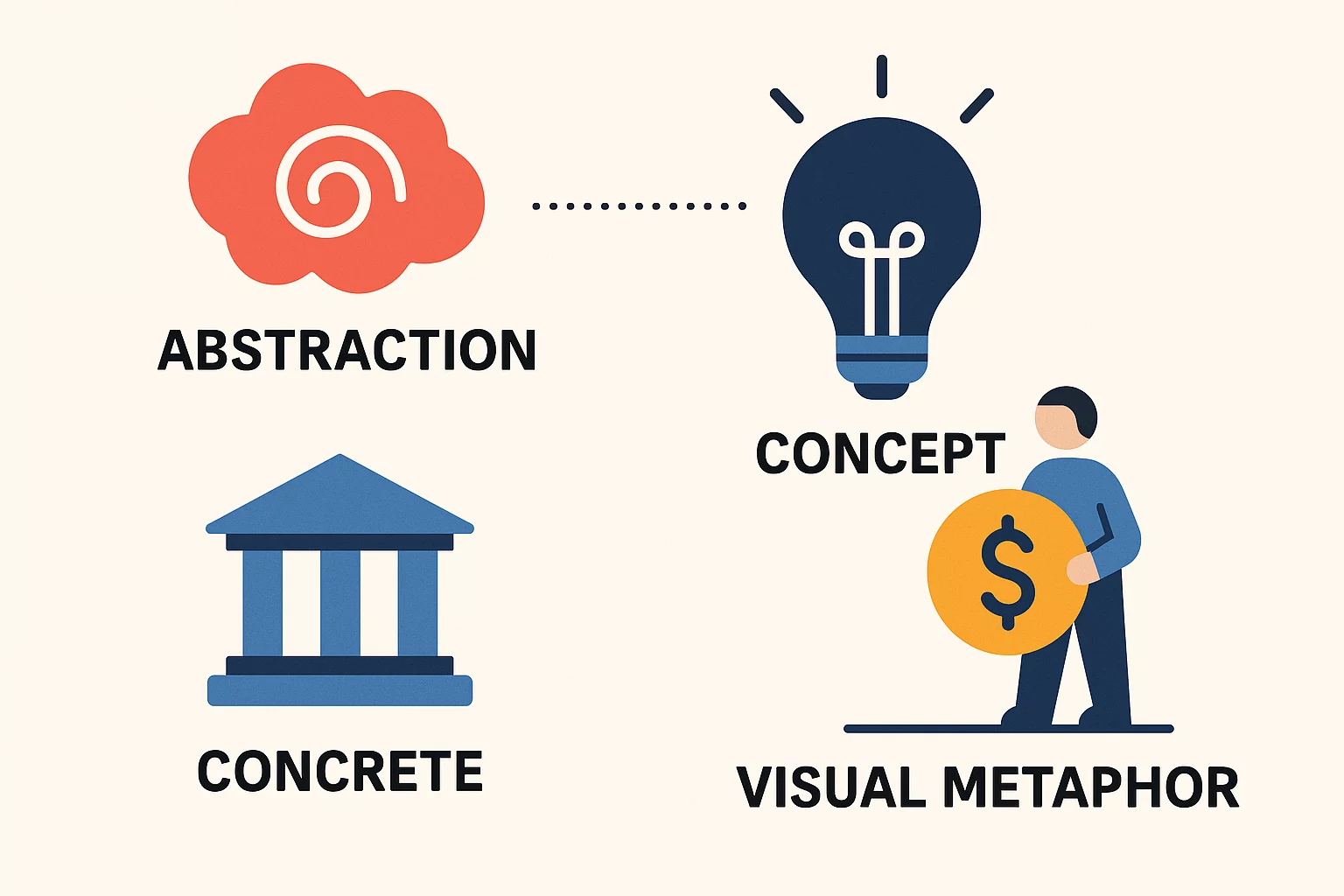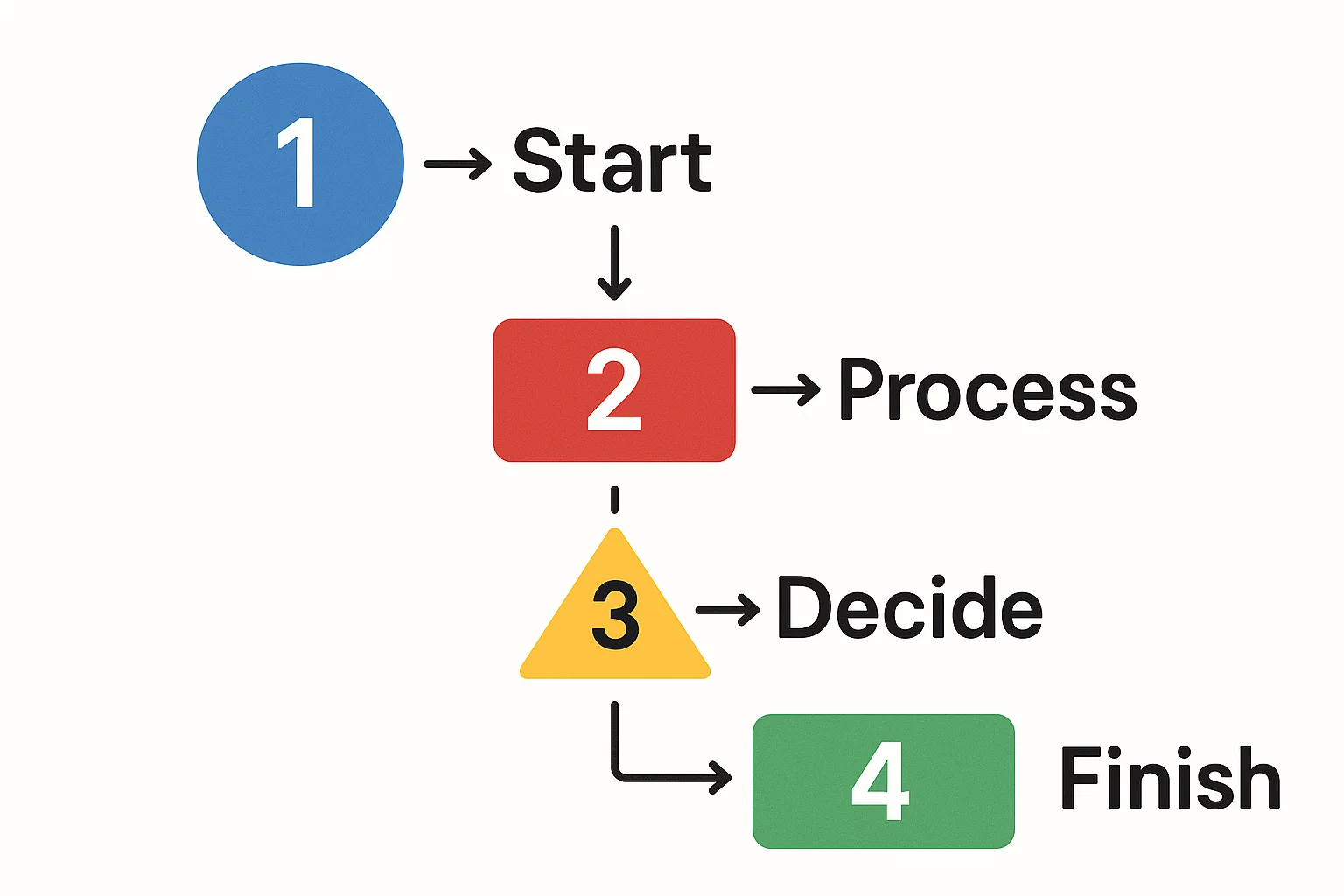As an investor or entrepreneur in the solar industry, you face a critical decision. The technology that defined the last decade, PERC, is giving way to a more powerful successor: TOPCon. While PERC remains a viable technology, the market is shifting decisively. Sticking with the status quo feels safe, but the greatest risk may lie in being left behind.
The question is no longer if the industry will transition, but when you should. This decision isn’t just technical; it’s fundamentally financial. It requires a clear-eyed analysis of the initial investment against long-term returns. This guide provides a framework for navigating this complex landscape, ensuring your next move is both strategic and profitable.
Understanding the Shift: Why TOPCon is Redefining Solar Manufacturing
Before delving into financial models, it’s essential to understand what TOPCon technology is and why it represents such a significant leap forward.
TOPCon, which stands for Tunnel Oxide Passivated Contact, is an evolution of the highly successful PERC (Passivated Emitter and Rear Cell) architecture. While both technologies aim to maximize the amount of sunlight a solar cell can convert into electricity, TOPCon introduces an ultra-thin layer of silicon dioxide (the “tunnel oxide”) and a layer of doped polysilicon.
In simple terms, this advanced structure significantly reduces energy losses within the cell, particularly those caused by metal contacts on its surface. The result is a more efficient and durable solar module.
Several key advantages are driving the industry-wide adoption of TOPCon:
- Higher Efficiency: Leading manufacturers are reporting TOPCon cell efficiencies exceeding 25%, a notable increase from the 23.5% range typical for mainstream PERC.
- Lower Degradation: The technology is inherently more stable, meaning the modules lose less of their power-generating capacity over their lifetime.
- Improved Performance: TOPCon modules often perform better in low-light conditions and have a better temperature coefficient, producing more energy throughout the day and year.

These technical benefits translate directly into the measurable financial advantages that drive your investment decision.
Building Your Financial Model: Calculating the ROI of a TOPCon Transition
A sound financial model looks beyond technical specifications to focus on three core components: the initial investment (CapEx), the projected financial gains, and the resulting return on investment (ROI). This gives you the clarity needed to make a confident decision.
The Investment: Understanding the Capital Expenditure (CapEx)
Transitioning a production line from PERC to TOPCon is a significant undertaking. This isn’t a simple machine swap but a strategic upgrade requiring careful integration. The primary capital expenditure involves acquiring and installing specialized equipment, particularly for the new deposition and laser processes that create the unique TOPCon cell structure.
When evaluating this investment, it’s crucial to think beyond the initial equipment cost. Your analysis should include:
- Equipment Costs: The price of the core machinery required for the upgrade.
- Integration and Engineering: The cost of expertly integrating new machines into your existing workflow.
- Training and Ramp-Up: The resources needed to train your team and bring the new line to full production capacity.
This is where the value of an experienced partner becomes clear. A successful transition depends on a holistic approach that covers everything from initial layout to final commissioning. For entrepreneurs starting a new factory, designing it with TOPCon from the outset ensures you are building on a future-proof foundation, leveraging the most advanced and profitable technology available in complete turnkey production lines.
The Returns: Quantifying the Long-Term Gains
The justification for this capital expenditure lies in the superior long-term revenue streams that TOPCon modules generate. These gains stem from several distinct areas.
- Higher Revenue from Increased Efficiency
The most direct financial benefit comes from the higher power rating of TOPCon modules. An efficiency of 25% versus 23.5% may seem small, but it translates into a significant increase in wattage per module. Over millions of modules produced annually, this increased wattage substantially boosts top-line revenue and directly accelerates the payback on your initial investment.
- Increased Lifetime Value from Lower Degradation
A solar module’s value isn’t just determined by its initial power output, but by how much power it produces over its 25- to 30-year lifespan. Research shows TOPCon modules exhibit superior durability.
- PERC Degradation: ~2% in the first year, ~0.55% annually thereafter.
- TOPCon Degradation: ~1% in the first year, ~0.4% annually thereafter.
This lower degradation rate means a TOPCon module will generate significantly more electricity over its lifetime compared to a PERC module with the same initial power rating. This enhanced lifetime value is a powerful selling point for utility-scale developers and discerning customers, allowing you to position your product as a premium, high-performance asset.
- Higher Market Price Per Watt
The market recognizes the superior performance and reliability of TOPCon technology. Current analysis indicates that n-type TOPCon modules can command a price premium of $0.01 to $0.02 per watt over standard p-type PERC modules. This premium directly improves your profit margins on every module you sell, creating a clear and immediate return on your technology investment.
- Driving Demand by Lowering Customer Costs
For the end-user, particularly in large-scale solar projects, the higher efficiency of TOPCon modules has a compounding benefit. Because each module produces more power, fewer are needed to achieve a target project size. This reduces associated Balance of System (BOS) costs—such as land, mounting structures, and cabling—and ultimately lowers the Levelized Cost of Energy (LCOE). As a manufacturer, producing modules that make your customers’ projects more profitable is the surest way to secure long-term demand.

Beyond the Numbers: The Strategic Importance of Partnership
Calculating the ROI for a TOPCon upgrade is a data-driven process, but the numbers alone don’t guarantee success. This transition is a complex engineering and business challenge that requires deep, hands-on experience. The difference between a smooth, profitable upgrade and a costly, delayed one often comes down to the partner you choose.
A true partner does more than just sell equipment. They provide the strategic guidance to validate your business plan, the engineering expertise to design and execute your production line flawlessly, and the long-term support to ensure you operate at peak performance for years to come. This commitment is central to our philosophy, as we believe your success is the only true measure of our own. When you undertake a project of this magnitude, you need more than a supplier; you need a dedicated team of advisors. We invite you to meet our team of experts—they’ve guided entrepreneurs like you through this very process.

Frequently Asked Questions About the TOPCon Transition
-
Is PERC technology now obsolete?
Not obsolete, but it is becoming a legacy technology. PERC will remain in the market for some time, particularly in price-sensitive segments. However, the performance and financial advantages of TOPCon are making it the new industry standard for mainstream and high-performance applications. -
How much more does a TOPCon production line cost compared to PERC?
The initial capital expenditure for a TOPCon line is higher due to more advanced equipment for deposition and laser processes. The exact cost difference depends on the scale of the factory and the specific equipment chosen, but that investment is designed to be recovered through higher efficiency, lower degradation, and premium module pricing. -
Can my existing PERC line be upgraded to TOPCon?
Yes, in many cases, a PERC line can be upgraded to TOPCon. This is a popular path for established manufacturers. An upgrade typically involves adding a few key manufacturing steps and machines. A thorough analysis by an experienced engineering partner is necessary to determine the feasibility and cost for your specific setup. -
What is the typical payback period for a TOPCon investment?
The payback period varies based on factors like equipment cost, module price premiums, and operational efficiency. However, with the clear market advantages and higher revenue potential, a well-executed TOPCon transition offers a compelling and often rapid return on investment compared to building a new PERC line today.
Charting Your Path Forward
The transition to TOPCon technology is a defining opportunity for solar manufacturers. By carefully modeling the investment against the clear financial returns, you can build a powerful business case for embracing the future of solar. This analysis is the first step toward building a more competitive, profitable, and resilient manufacturing operation.
A decision this critical requires expert guidance. Our team is ready to help you navigate the complexities of this transition, from initial financial modeling to the commissioning of your state-of-the-art production line.
Contact us to discuss your project and start building the financial case for your TOPCon investment.
